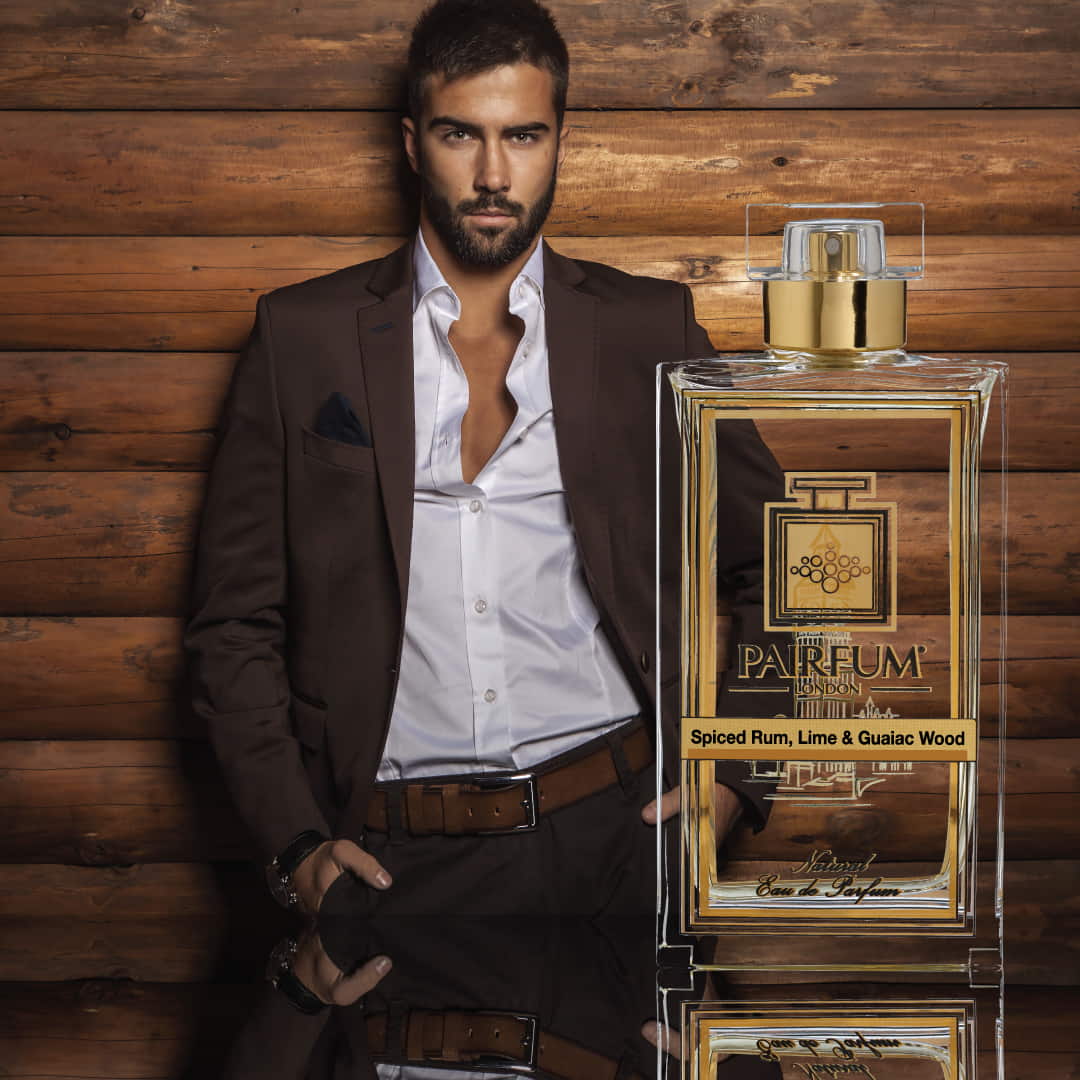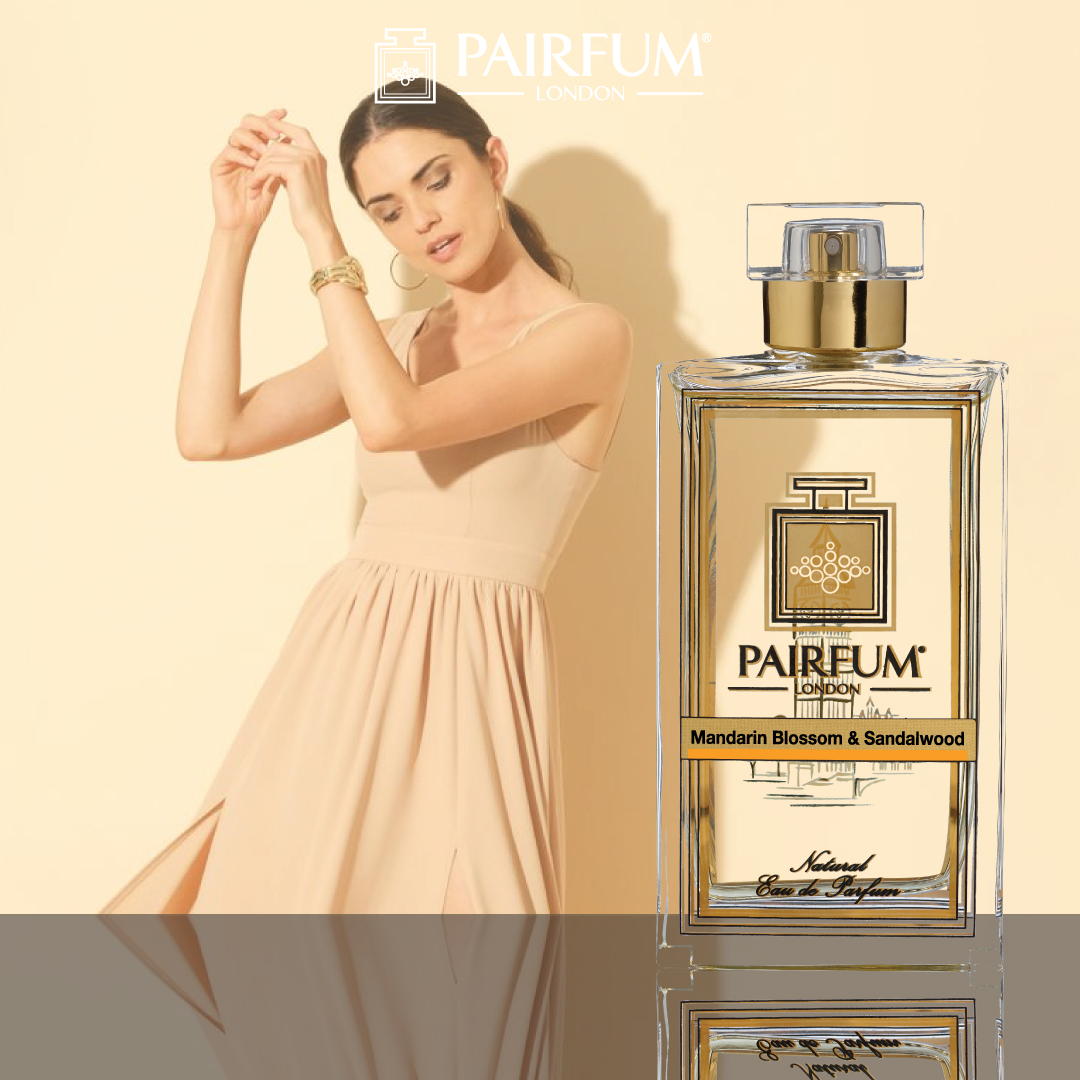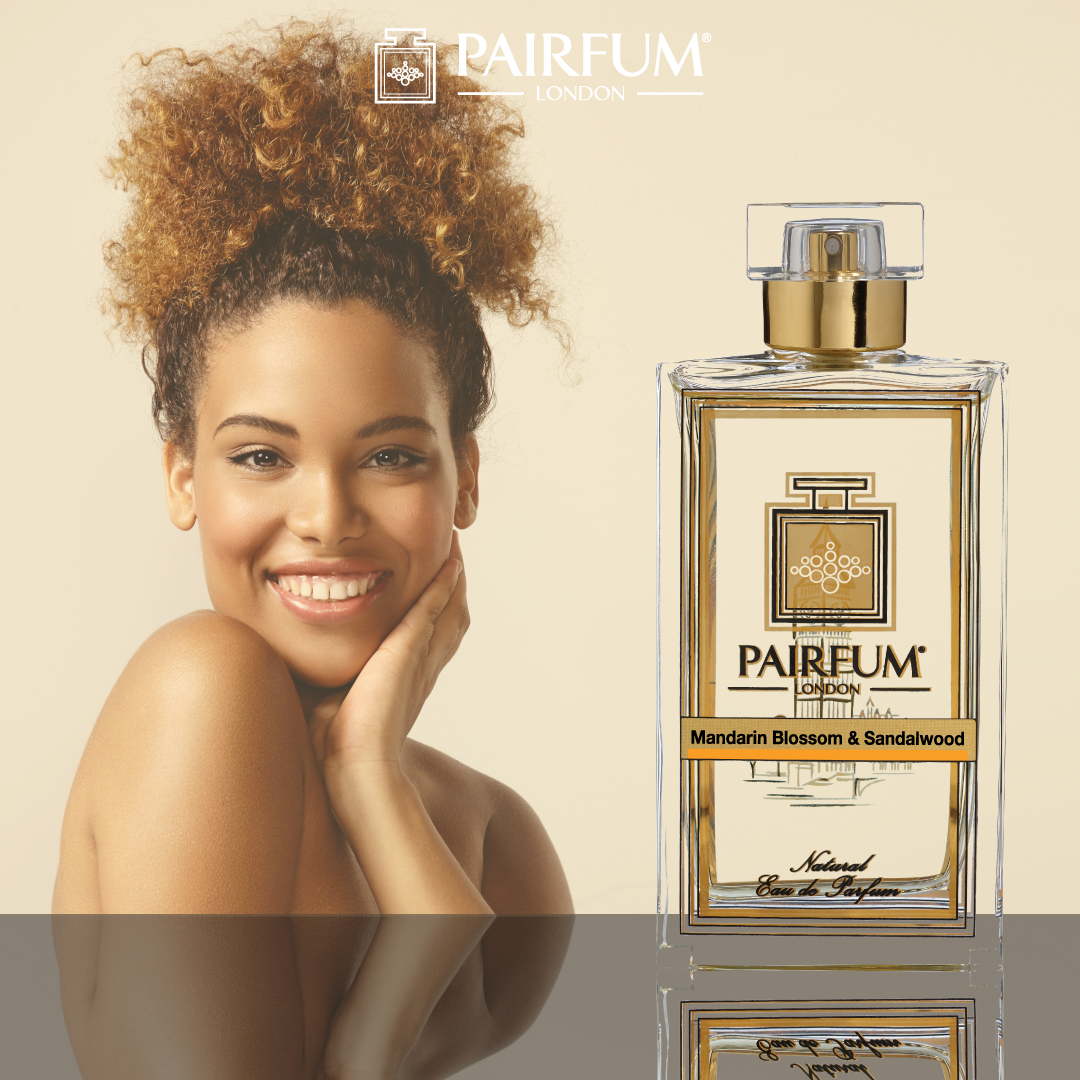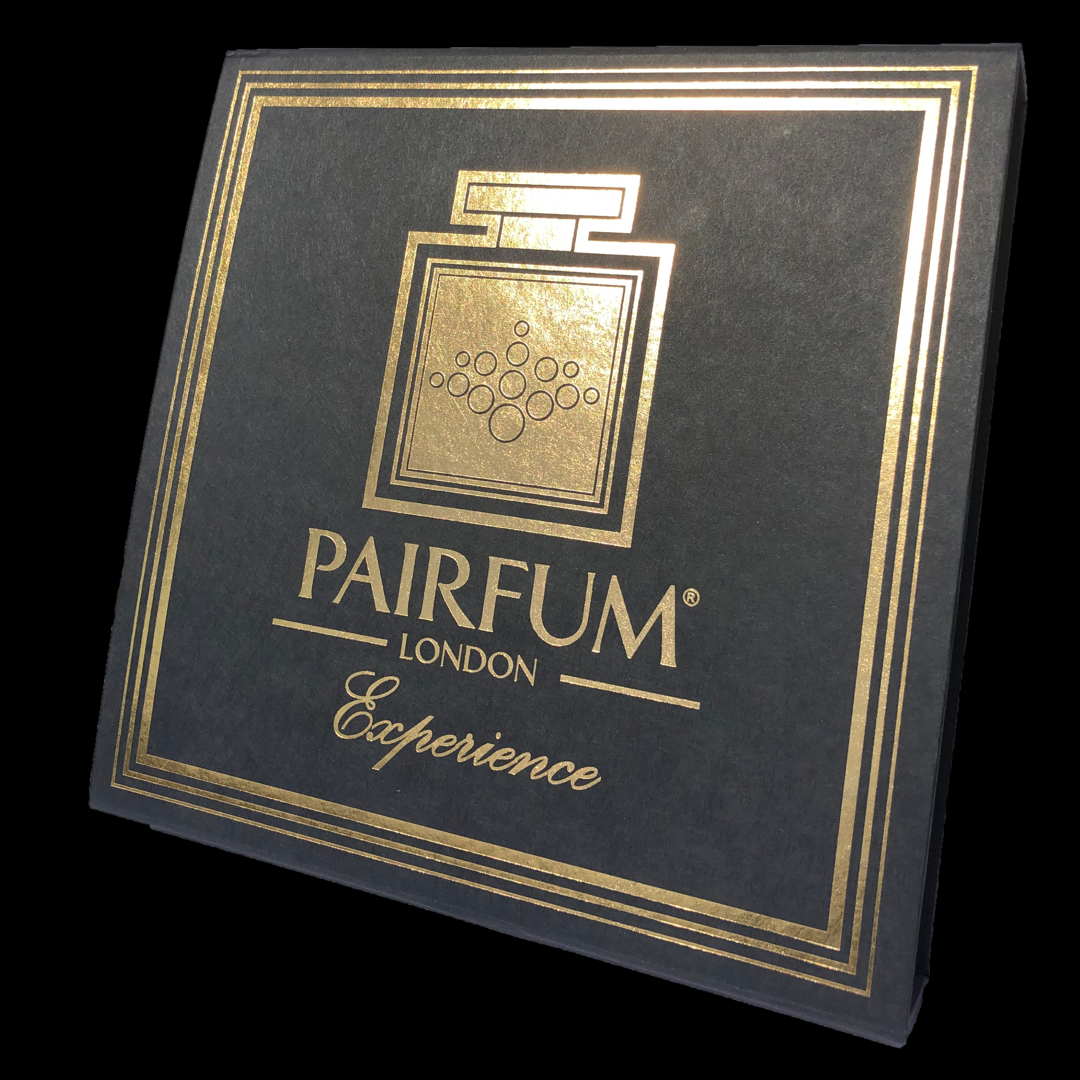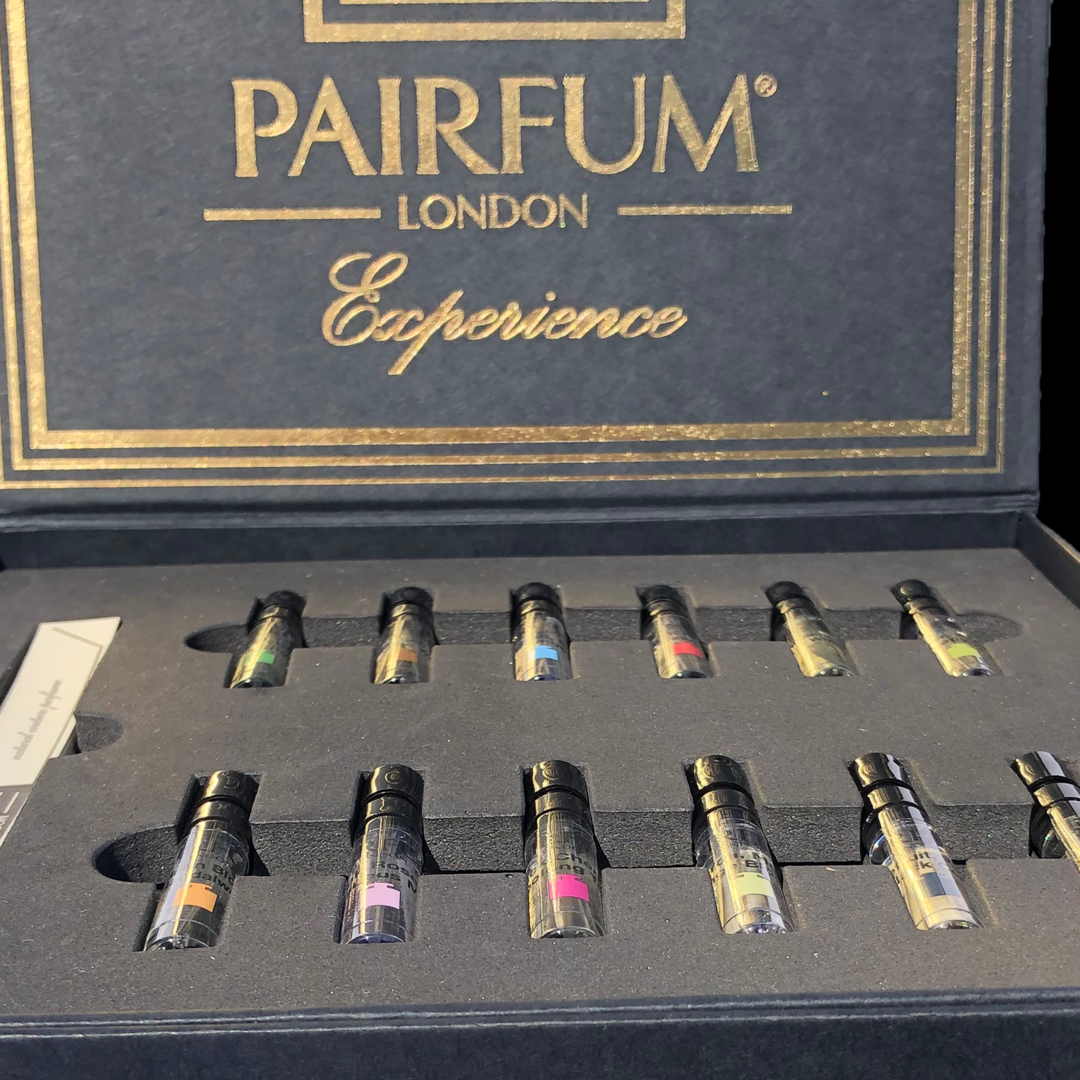Choosing the right spring perfume can make you feel rejuvenated and in tune with the season’s energy, enhancing your daily experiences. Spring is a season of renewal and fresh beginnings. The cold of winter fades away, giving rise to warmer temperatures and longer, sunnier days. Flowers bloom, trees regain their green leaves, and gardens come alive with vibrant colours. This transformation from the stillness of winter to the vitality of spring influences many aspects of our lives, including our choice of perfumes.
During spring, the world fills with the delightful fragrances of blossoming flowers, fresh greenery, and gentle rain showers. The air feels lighter, and so do our spirits, as the season brings a sense of hope and new possibilities. Spring events like Easter, garden parties, and outdoor picnics add to the season’s joyful atmosphere.
As we transition from winter to spring, our perfume preferences shift too. We move away from heavy, warm perfumes that provided comfort during the colder months. Instead, we reach for lighter, fresher fragrances that echo the lively and refreshing essence of spring.
The Character of the Spring Season
Spring is marked by warmer temperatures, blooming flowers, and longer days. It is a period of transformation, where the earth wakes up from its winter slumber. The days become sunnier, coaxing people outdoors to enjoy nature’s beauty. The colours of spring are vibrant, with shades of pink, yellow, green, and blue dominating gardens and landscapes.
In spring, plants begin to sprout new leaves, and flowers such as tulips, daffodils, and cherry blossoms come into bloom. This explosion of flora fills the air with delightful fragrances, creating a refreshing and uplifting atmosphere. The weather is typically mild, with cool mornings and warm afternoons, making it perfect for outdoor activities and events like Easter egg hunts and garden parties.
Spring also brings a sense of renewal and hope. People often feel more energetic and optimistic during this season, motivated by the rejuvenating effect of nature coming back to life. This renewed vitality makes spring the perfect time to embrace new experiences, including experimenting with different perfumes that capture the essence of this lively season. A wonderful spring perfume can truly elevate your mood.

How Spring Influences Fragrance Choices
The shift in weather and nature’s awakening during spring significantly influences our fragrance preferences. Heavy, warm perfumes that were comforting in winter become too intense for the lighter, breezier atmosphere of spring. Instead, we seek out fragrances that are fresh, floral, and airy to reflect the season’s characteristics.
Popular Spring Notes
Fragrance compositions that thrive in spring often include the following notes:
Floral: Jasmine, lily of the valley, peony, and cherry blossom are perfect examples. These bring a soft, romantic energy and mimic the blooming gardens of the season. A beautiful floral scent is a hallmark of spring. Citrus: Zesty notes such as lemon, bergamot, orange blossom, and grapefruit add brightness and energy. They are particularly suited for daytime wear, offering an invigorating burst of freshness. Fresh citrus scents are always a great choice for spring. Green: Notes such as freshly cut grass, green tea, fig leaves, or basil reflect the lush new foliage of spring. These green notes often lend a crisp, natural feel that resonates with the outdoors. Aquatic and Ozone: These airy notes imitate the freshness of rain and spring breezes, making them a subtle yet memorable choice for those who enjoy clean, light fragrances. Fruity Accents: Gentle touches of pear, apple, or melon can add a juicy sweetness without being overpowering, enhancing the playful mood of spring.
Why We Choose Lighter Fragrances
During spring, the mild temperatures enhance the appeal of lighter perfumes. These fragrances tend to be more volatile, releasing their notes quickly and providing an immediate sense of freshness. A spring perfume can make you feel invigorated and in harmony with the revitalising spirit of the season.
Lighter perfumes are also suitable for the various spring activities you might engage in, from outdoor picnics to scenic walks. They won’t overwhelm those around you but will enhance your presence in a subtle and pleasant manner. Embracing the right spring perfume can elevate your mood and complement the lively atmosphere, making your springtime experiences all the more enjoyable. Many of the best spring perfumes are light and airy.
Spring 2025 Fragrance Trends
This season, several notable trends are shaping the world of perfumery:
Violet Revival: Violets are making a significant comeback, offering a nostalgic yet fresh floral note that adds depth and elegance to spring fragrances.
Pear Accents: Pear notes are emerging as a popular choice, providing a crisp, juicy sweetness that complements the freshness of spring.
Nostalgic Scents: Fragrances that evoke memories and emotions are gaining popularity, with compositions that blend classic notes in modern ways to create a sense of familiarity and comfort.
Genderless Fragrances: There’s a growing trend towards unisex perfumes that transcend traditional gender boundaries, focusing on versatile and universally appealing scent profiles.
Extrait de Parfum: These highly concentrated fragrances offer long-lasting scent experiences, allowing for more intense and enduring spring aromas. An eau de parfum is a popular choice for longevity.

Tips for Choosing the Perfect Spring Perfume
When selecting a spring fragrance, consider the following:
Time of Day: Opt for citrus or green notes during the day and transition to soft florals or subtle musks in the evening. Longevity: Spring perfumes tend to be lighter, so choosing one with good sillage and staying power ensures you remain subtly scented throughout the day. Many eau de parfum concentrations offer excellent longevity. Mood Matching: Choose a perfume that aligns with your personal mood or intention. Whether you want to feel playful, elegant, romantic, or energised, there’s a spring fragrance to match. Occasion Suitability: Delicate florals are perfect for weddings or garden parties, while aquatic or fruity blends suit casual weekend outings.
Iconic Spring Perfumes for the Season
Certain perfumes have become timeless classics for spring. These iconic fragrances continue to be favourites for their ability to encapsulate the season’s essence perfectly. A truly iconic scent can become your signature scent for the spring season.
Classic Spring Fragrances
Chanel No. 19
This classic spring perfume blends green notes with floral elements like iris and rose. It provides a sophisticated yet fresh fragrance that suits the season perfectly. It’s a wonderful eau de parfum for spring.
Dior J’adore
Featuring a bouquet of jasmine, ylang-ylang, and rose, J’adore offers a luxurious floral fragrance. Its elegant aroma makes it a popular choice for spring. This beautiful eau de parfum is a staple for warmer days.
Marc Jacobs Daisy
With strawberry, violet leaves, and jasmine notes, Daisy presents a light and joyful fragrance, making it an enduring favourite for springtime. A delightful eau de parfum for any spring day.
Modern Spring Fragrances
Jo Malone Peony & Blush Suede
This modern perfume combines peony, red apple, and suede for a fresh and unique fragrance. It’s ideal for those looking for a blend of floral and subtle, earthy notes. This jo malone creation is a prime example of a beautiful spring perfume. A great spring scent.
Hermès Le Jardin de Monsieur Li
Inspired by a serene garden, this perfume includes notes of kumquat, jasmine, and mint. It’s a perfect springtime fragrance that offers a touch of exotic freshness. This eau de parfum is a true spring delight.
Tom Ford Neroli Portofino
With its blend of Tunisian neroli, Italian bergamot, and Sicilian lemon, this perfume evokes the feel of a Mediterranean spring. It’s a vibrant and refreshing choice for the season. This eau de parfum is a bright, uplifting perfume for spring.

Exploring More Spring Fragrance Options
Beyond the classics, the world of spring scents is vast and exciting. When considering new additions to your fragrance collection, keep an eye out for emerging trends and notes that resonate with the season’s vibrancy. A captivating spring scent can truly enhance your beauty routine.
The Allure of Vanilla and Gourmand Fragrances in Spring
While often associated with richer, warmer scents, vanilla can be surprisingly delightful in a spring perfume when blended with lighter notes. Imagine a delicate vanilla paired with a crisp citrus or a fresh floral. This combination can create a unique spring fragrance that is both comforting and invigorating. Some modern spring perfumes might even feature a touch of vanilla bean or a whisper of whipped cream for a subtle gourmand fragrance without being overly heavy. This adds an intriguing dimension to fresh scents.
Introducing New Spring Perfume Contenders for 2025
As we look to 2025, several new spring perfumes are garnering attention. Keep an eye out for releases that play with classic floral fragrances in new ways. Brands are experimenting with notes like pink pepper to add a lively sparkle to traditional florals. For those who love a playful spring scent, a perfume that evokes the feeling of a bubble bath can be a fun and whimsical choice. The beauty of these new spring scents lies in their ability to offer fresh perspectives on familiar themes. Consider the new Marc Jacobs Daisy Wild, a compelling spring fragrance for those seeking something fresh.
The Continuous Evolution of Spring Beauty
Spring is not just about perfume; it’s a holistic approach to beauty. From light makeup to fresh hair styling, every aspect contributes to the overall spring aesthetic. The right spring perfume complements this perfectly, adding an invisible layer of allure. Whether you prefer a floral perfume, a citrus delight, or something with a hint of vanilla or tonka bean, the goal is to find a scent that makes you feel vibrant and renewed. Even bold choices like a touch of baccarat rouge can be adapted for spring with lighter application. The beauty of spring is its versatility, and your fragrance collection should reflect that.
Beyond traditional classifications, spring offers a rich tapestry of scents within every fragrance family. For those who appreciate sweet perfumes, a modern spring twist might involve a light touch of vanilla or fruit, ensuring the sweetness is uplifting rather than heavy. Many of the most iconic scents for spring often feature prominent white flower notes, such as gardenia or tuberose, adding a creamy elegance to the overall fragrance. Whether you’re drawn to fresh, clean scents or something with a hint of warmth, the ideal spring perfume is waiting to be discovered.
Best Spring Perfumes by Pairfum London
Pairfum London offers a variety of perfumes that perfectly capture the essence of spring. These fragrances are designed to harmonise with the season’s fresh and vibrant atmosphere.
Top Picks from Pairfum London
Pink Rose & Sensuous Musk: This perfume encapsulates the romantic floral notes of pink rose, enriched with the deep, alluring aroma of sensuous musk. It evokes the feel of a blooming rose garden, making it a wonderful choice for spring.
Spiced Rum, Lime & Guaiac Wood: Featuring notes of spiced rum and zesty lime, balanced with the warm, woody scent of guaiac wood, this fragrance offers a bold and invigorating scent. It’s perfect for adding a splash of freshness and spice to your day.
Grapefruit, Pepper & Black Cedar: Combining the bright, citrusy notes of grapefruit with the spicy kick of pepper and the deep, earthy aroma of black cedar, this perfume captures the vibrant energy of springtime. It brings a touch of the outdoors into your daily routine.

Why Choose Pairfum London
Pairfum London’s perfumes are crafted with premium ingredients and meticulous attention to detail. Each fragrance is designed to mirror the unique characteristics of spring, providing an uplifting and refreshing experience. Using these perfumes can enhance your connection to the season and invigorate your senses with their rich and harmonious notes.
Final Thoughts
Spring is a time of rebirth and fresh beginnings, influencing how we choose our perfumes. The shift to lighter, fresher fragrances mirrors the season’s lively atmosphere, filled with blooming flowers and renewed greenery. The best spring perfumes embody the spirit of spring, complementing the natural beauty and vitality of the season. Additionally, iconic spring perfumes from renowned brands continue to be popular, providing timeless and elegant options for any perfume lover. Finding the perfect spring perfume is a journey of discovery, offering a chance to embrace the essence of the season. Each eau de parfum you try brings you closer to your ideal spring scent.
Selecting the right spring perfume can enhance your connection to the season, lifting your spirits and making each day more enjoyable. Whether you opt for a classic eau de parfum or a modern interpretation, the right spring perfume will make you feel vibrant and in harmony with the blossoming world around you. The world of spring scents is truly beautiful.









